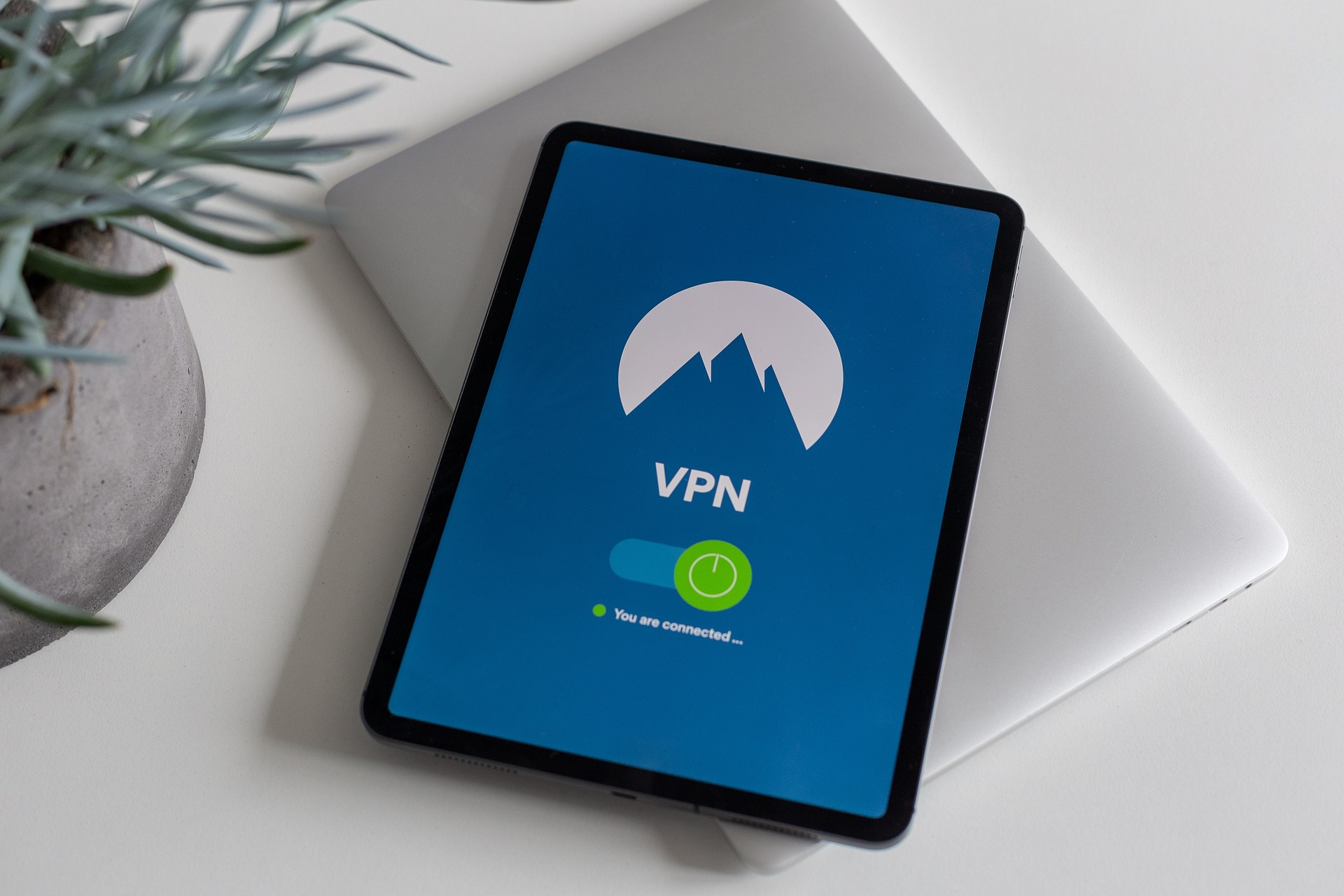It seems like overnight the entire world shifted to working at home. In many cases, the priority was to get everyone online and productive as quickly as possible. Security was secondary. Now, many firms have shifted at least partially back to the office. Yet there has never been as many people remotely connecting and fully accessing everything on the corporate network. Here is a breakdown of the two most common methods.
The Golden Oldie: VPNs
First is the more traditional and “old school” VPN. VPN is an abbreviation for Virtual Private Network. It’s a way to connect a home or remote computer to the office “privately” over a “public” connection like the internet. Whenever you hear the word “Virtual” in the IT world, it usually means something close to “Not” or “Not really”. Thus a virtual private network is Not Really a Private Network. So it travels over a totally insecure connection but does so safely by encrypting the data so anyone seeing it can’t do anything with that data.
With a VPN, all the data is moved from the company’s server, over the internet, to the home computer where it is worked on and then moved back. A good way to think of it is, it is just as if you ran a very long network cable from the office all the way to your house. You are still on the network just as if you are sitting there but your connection is super long and quite a bit slower.
Remote Desktop: The Cool Trick
A very different way of connecting remotely is known as Remote Desktop. You may have heard it called Terminal Server or Remote Desktop Server. This is where a user remotes into an office computer from home. No data is moved between the office and home. Instead, the remote user “sees” the monitor of the computer they are remoted into. All the work is done on the office computer and all that moves back and forth are the keyboard clicks, mouse movements, and monitor images.
Sometimes a user is using Remote Desktop to connect directly to their office computer. Other times they remote into a Remote Desktop Server that can be shared simultaneously by many users.
Two very different methods and each has its own pros and cons.
Differences
Other TidbitsThese two methods are not mutually exclusive. They can be used together. You most of the advantages but you also get many of the disadvantages.It should be noted that remote access is an area that should get lots of cybersecurity attention. At a bare minimum, remote connections should use Two Factor Authentication. So that even if a bad guy tricks a user into giving out their password, they still can’t get into the network without a code or some other special information. Remote access has never been more flexible nor as powerful but it is critical to understand the strengths and weaknesses of how corporate access is granted. If you have any questions about remote access, particularly security questions, please give us a call as we love to help!
Other TidbitsThese two methods are not mutually exclusive. They can be used together. You get most of the advantages but you also get many of the disadvantages.It should be noted that remote access is an area that should get lots of cybersecurity attention. At a bare minimum, remote connections should use Two Factor Authentication. So that even if a bad guy tricks a user into giving out their password, they still can’t get into the network without a code or some other special information.Remote access has never been more flexible nor as powerful but it is critical to understand the strengths and weaknesses of how corporate access is granted. If you have any questions about remote access, particularly security questions, please give us a call as we love to help!
| VPNs | Remote Desktop | |
|
Needs a dedicated computer or server? |
No | Yes - If individuals will be remoting into their office computer, it must be left on. |
| Big programs work well | Not Great - Because actual data is moving from work to home, large files and databases often do not work well over it. So opening an accounting package that requires a huge file to be sent across the connection may just crawl to a stop. |
Great! - Since no data moves, even large programs run very fast just as they do if you were in the office.
|
|
Programs need to be installed on home users' computers. |
Yes – this can be difficult to support |
No |
|
Protecting the corporate network from home viruses |
More difficult as the home computer is plugged directly into the corporate network. |
Safer as all that is moving is images of the screen and keyboard/mouse movements. |
| Costs |
Most VPN licenses are less than $100 per user for a lifetime license. |
Usually free to remote into individual desktops but can get expensive when using a dedicated Remote desktop server. |



